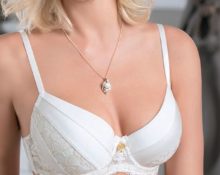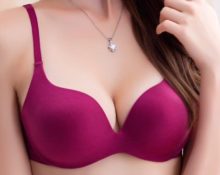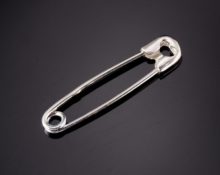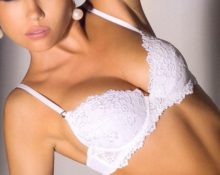One of the most popular sewing consumables is needles. However, in terms of importance and irreplaceability, they can easily compete with pins. For those who do not know what they are and what types they come in, our article will help fill the gaps in knowledge.
Pin: definition and varieties
This is the name given to small devices with different head and tip shapes. Pins can be made of stainless steel, copper, or brass. In the sewing craft, those that do not rust and do not leave marks on the fabric are in greatest demand. As for the sizes, you can find both almost invisible, long and thick needles. The first ones are intended for delicate and capricious fabrics. The latter are useful for working with denim, leather, and cloth.
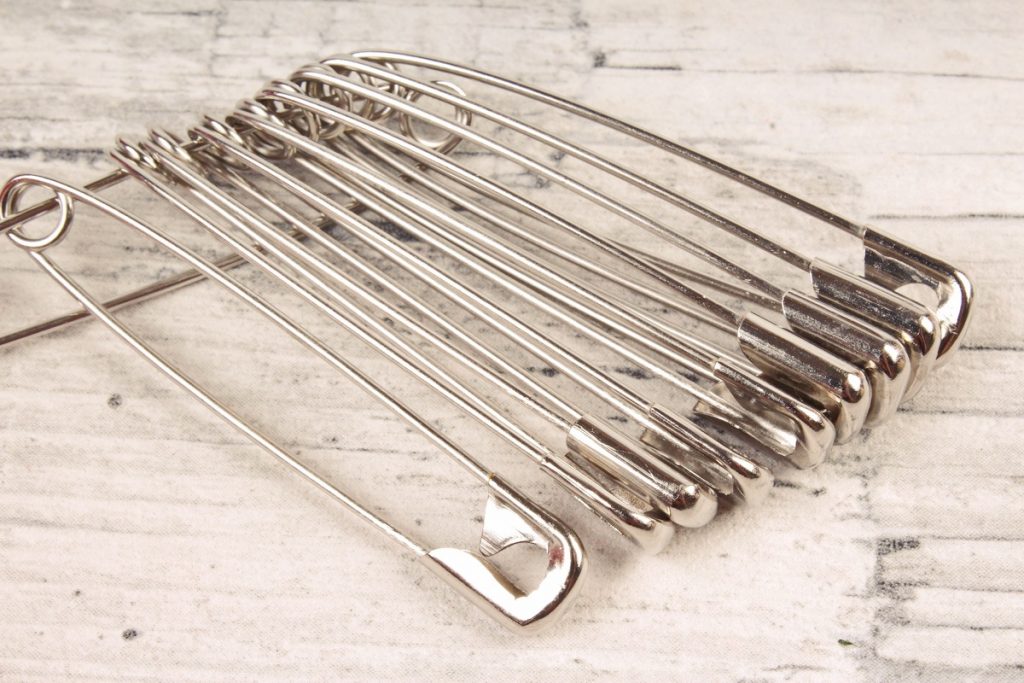
Let's look at the most popular types in more detail.
Sewing with a plastic (glass) head
This variety is suitable for all types of woven fabric, except silk and satin. They are made of copper, stainless steel, nickel-plated steel.The tip of these pins is sharp, the head is made of plastic or glass. In the first option, it is important to ensure that it does not touch the hot surface of the iron.
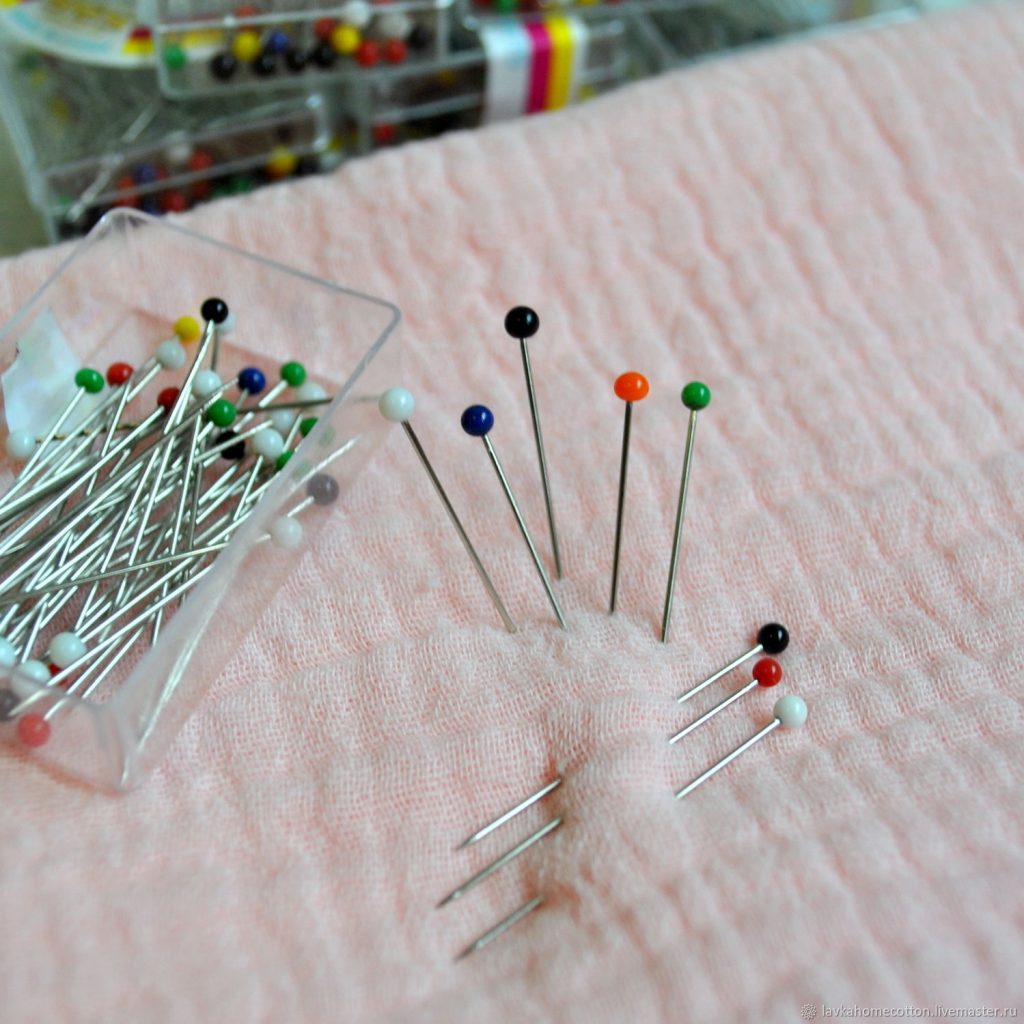
With rounded end
Suitable for working with knitwear as it prevents damage to fabric fibers. They form an ideal tandem with needles designed specifically for this material.
For thin fabrics
They are super thin pins that help avoid tissue deformation. They do not leave punctures or any other marks behind. However, it’s easy to lose such a device - the heads of such pins are practically invisible.
For stitching
Useful for stitching several layers of fabric of different densities. They look like long and thin needles with a large and clearly visible head.
T-shaped
Indispensable for needlewomen who sew outerwear. They are the ones who are able to hold heavy fabrics. Other varieties will not be able to cope with such a task - they will bend or even burst under the weight.
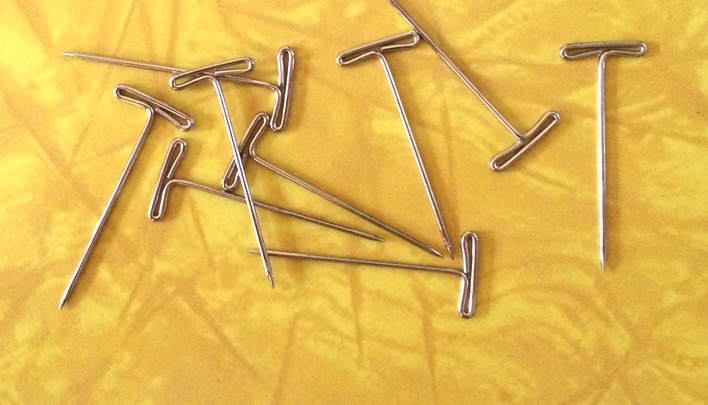
For folds
Very durable, non-deformable pins up to 2.5 cm long with an invisible head. Used for pinning folds in the process of sewing clothes and textiles.
For applications
Short, strong pins that allow you to secure the applique to the fabric. Due to their design features, they do not interfere with the work process, both manual and machine.
To prevent such irreplaceable but nimble devices as pins from getting lost, it is important to find a suitable place to store them. Sewing stores sell special convenient multifunctional cases. However, suitable for this purpose pincushions. True, the products will have to be stored unzipped.


 1
1
